Animal Product Labeling
Label Guide
Get the story behind the labels you see on products.
No claims or certifications ensure that the selected welfare standards are met.
Not happy with the options available? Learn more about how to eat in line with your values.
Change Your DietSelect your values to see which labels meet your expectations for animal welfare.
Animals Should
- Be bred with healthy genetics so all animals can engage in a full range of natural behaviors
- Be given enough space indoors so they can express natural behaviors
- Be provided enrichments to encourage natural behaviors
- Be raised on pasture
- Be raised without routinely being given antibiotics
- Have access to the outdoors
- Not be physically modified (debeaked, dehorned, etc)
- Not be raised in intensive confinement
- Young animals should allowed to wean naturally
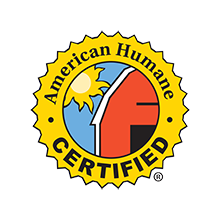
American Humane Certified
The American Humane Certified (AHC) label is widely considered to be humanewashing.
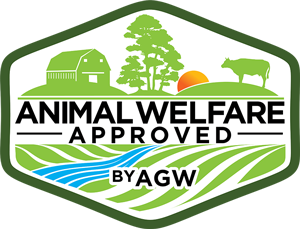
Animal Welfare Approved
This is one of the highest welfare labels available in the US today.
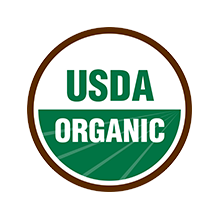
USDA Certified Organic
Unfortunately, current organic standards don’t address some of the most important welfare issues.
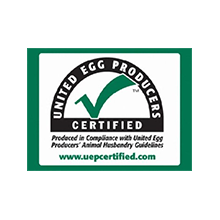
United Egg Producers
This certification is humanewashing, and amounts to little more than a confirmation of standard factory farming practices.

Heritage
Heritage poultry are capable of the highest levels of welfare.
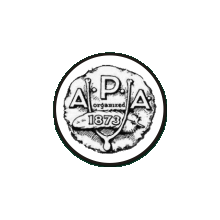
Standard Bred
Look for this claim for poultry only when combined with a meaningful animal welfare certification.
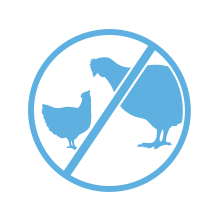
No Added Hormones
These claims are potentially misleading because federal regulations prohibit the use of hormones in pig and poultry production.

Kosher
Although kosher certifiers ensure that animals are slaughtered according to kosher law, kosher certification does not evaluate any other aspects of animal welfare.
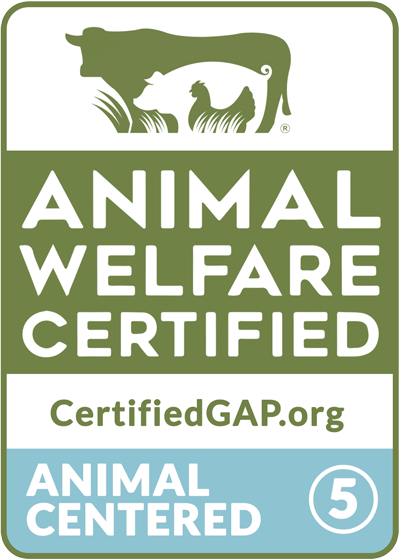
Global Animal Partnership Step 5
Animals certified GAP Step 5 are raised in conditions meaningfully better than standard industry practice; they are also significantly more expensive and can be more difficult to find, even in natural foods markets.
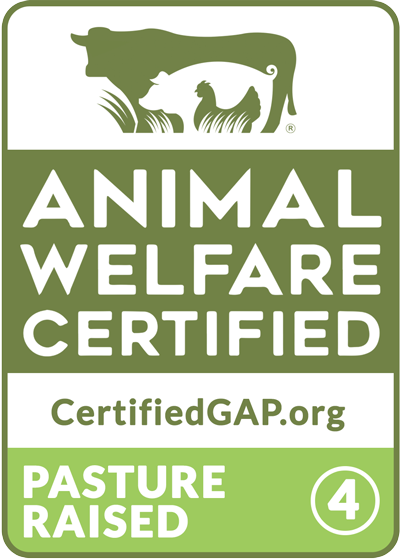
Global Animal Partnership Step 4
The GAP Step 4 label offers higher welfare conditions, providing animals daily (though not necessarily continuous) access to pasture, enrichments, and adequate space.
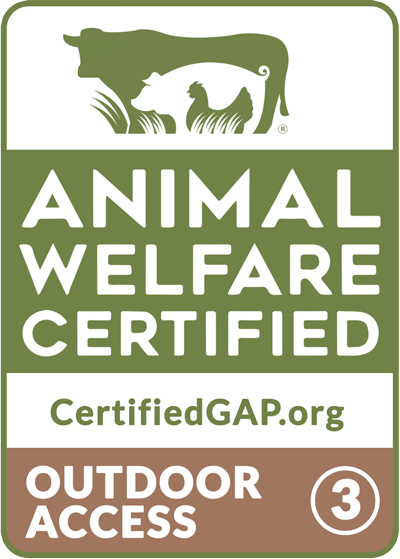
Global Animal Partnership Step 3
The GAP Step 3 label is better than standard industry practices.
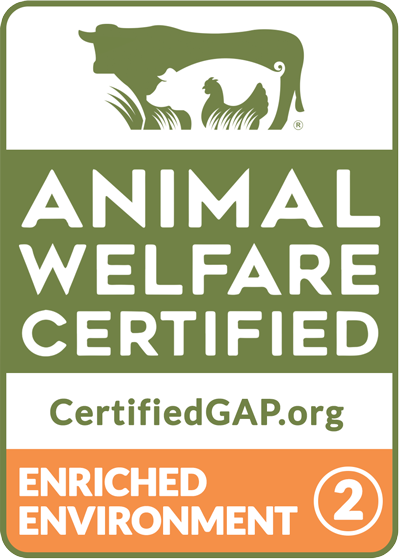
Global Animal Partnership Step 2
The GAP Step 2 label is widely considered humanewashing.
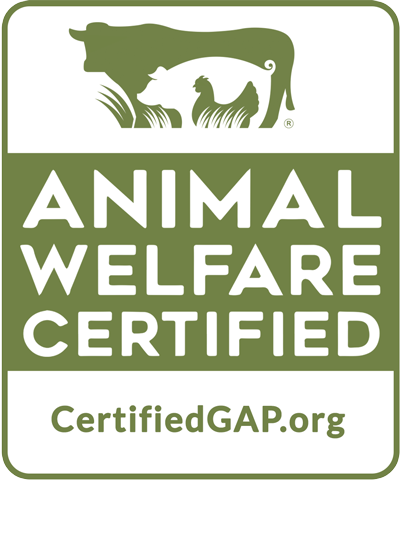
Global Animal Partnership Step 1
The GAP Step 1 label, which is the most widely available, is considered humanewashing.
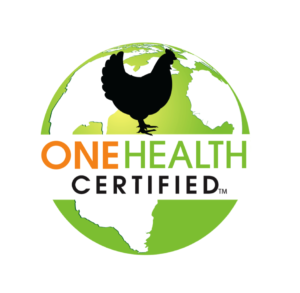
One Health Certified
The One Health Certified label is widely considered to be humanewashing and greenwashing.
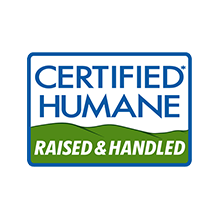
Certified Humane
The Certified Humane label is the most widely available certification that indicates minimally higher animal welfare than industry standards—but it still falls short of what consumers expect from an animal welfare certification.

Vegetarian Fed
This claim says nothing about animal welfare.
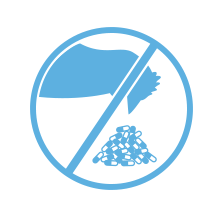
Antibiotic Free or Raised Without Antibiotics
Since most animals raised without antibiotics are raised on cramped factory farms, what “antibiotic free” typically means is that sick animals aren’t being treated.

Pasture Raised
This claim may be misleading. While raising animals on pasture is usually better for the animals’ welfare, without a certification you can’t be sure that the animals were raised on pasture.
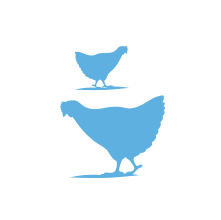
Free Range/Free Roaming
These claims are likely humanewashing.

All Natural
This claim says nothing about animal welfare.

Humanely Raised
This claim is meaningless. There is no standard definition or regulation of this claim.
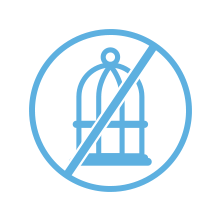
Cage Free
There is no third-party verification of the “cage free” claim unless it appears alongside a meaningful certification.
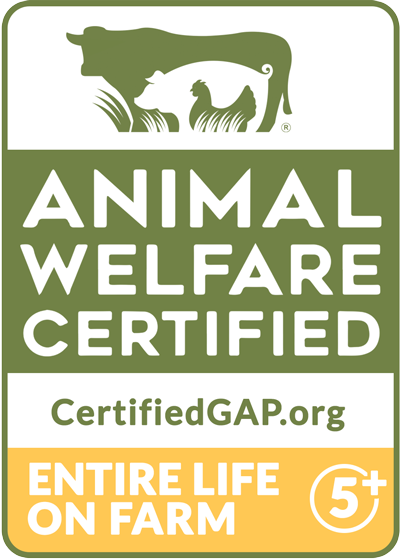
Global Animal Partnership Step 5+
Widely seen as an aspirational certification, GAP Step 5+ products are difficult if not impossible to find even in natural grocery stores.

American Humane Certified
The American Humane Certified (AHC) label is widely considered to be humanewashing. Despite the name, virtually all AHC labeled products come from factory farms where animals are raised in confinement. AHC allows the use of caged confinement, painful body modifications, and subtherapeutic antibiotics—all practices widely considered inhumane or dangerous for public health. Though AHC may provide slightly more space and enrichments compared to standard industry practice, this label does not meet a baseline of farmed animal welfare.
Change Your Diet

Animal Welfare Approved
This is one of the highest welfare labels available in the US today. If you’re committed to purchasing animal products, those with AWA labels are likely some of the highest welfare you’ll find. Products with AWA likely come from animals who were raised on pasture or with outdoor access and given enrichments. AWA requires that animals diagnosed with illness requiring antibiotics be treated, but doesn’t allow drugs to be used to compensate for unhealthy conditions. While AWA’s label may offer some of the highest welfare conditions, these products are not widely available for most consumers.
Change Your Diet
USDA Certified Organic
Unfortunately, current organic standards don’t address some of the most important welfare issues like genetic welfare, access to the outdoors, and ample space for most animals, nor prohibit painful body modifications like routine debeaking of chickens, tail docking of pigs and cattle, and face branding of cattle. Poultry raised for meat must be allowed “outdoor access,” but the amount, duration, and quality of outdoor access is undefined, leaving ambiguous whether, for example, small screened-in porches with a roof as “outdoor access.” Caging egg-laying hens is prohibited, but the USDA does not require that hens be given enrichments (like perches) necessary to achieve improved welfare in cageless systems. Though the use of added hormones and antibiotics are prohibited, farms are allowed to raise breeds that have been selected to grow unnaturally quickly or produce excessive amounts of eggs or milk, characteristics that have a negative impact on the animals’ welfare. Pig producers may confine mother pigs in gestation crates. Sadly, USDA Organic standards do not necessarily correlate with meaningfully better animal welfare, and often indicate that products come from animals raised in low welfare conditions on factory farms.
Change Your Diet
United Egg Producers
This certification is humanewashing, and amounts to little more than a confirmation of standard factory farming practices. Standards outlined in the United Egg Producers Certified program are in line with standard low welfare industry practices. United Egg Producers Certified is a program of the United Egg Producers (UEP), the largest trade association for egg producers in the United States. The UEP Certified program relies on a set of published standards, and farms are audited by either the USDA Agricultural Marketing Service or a third party. Without additional worthwhile welfare certifications or regulated claims, products that carry the “UEP” claim usually indicate low welfare animal products from factory farms.
Change Your Diet
Heritage
Heritage poultry are capable of the highest levels of welfare. Heritage breeds had their particular traits defined before the mid-twentieth century. The American Poultry Association recognizes heritage lines as “standard bred,” as opposed to the hybrid genetic lines that dominate the modern poultry industry. As defined by the American Poultry Association, standard breeds are produced by mating two birds of the same breed while preserving essential traits (such as shape, size, and behaviors). As defined by the Livestock Conservancy, heritage poultry must come from standard-bred parent and grandparent birds, mate naturally, have a healthy growth rate, and be genetically capable of living long, productive lives outdoors. Crucially, heritage birds are capable of the highest levels of welfare. Although heritage birds have high welfare genetics, that does not mean that heritage birds were necessarily raised in high welfare conditions. For meaningfully higher animal welfare, look for heritage birds with worthwhile welfare certifications or regulated claims.
Change Your Diet
Standard Bred
Look for this claim for poultry only when combined with a meaningful animal welfare certification. Standard breeds or standard-bred birds typically have important welfare advantages over the hybrid genetic lines that dominate the modern poultry industry. For example, these birds can thrive on pasture, mate naturally, and can live long lives without becoming obese or developing other health problems, due to their high welfare genetics. Standard breeds that had their particular traits defined before the mid-twentieth century are known as heritage.
Change Your Diet
No Added Hormones
These claims are potentially misleading because federal regulations prohibit the use of hormones in pig and poultry production. Although pig and poultry production typically include the extensive use of pharmaceuticals administered to animals daily in their feed, added hormones are not presently a threat. Beef cattle are often treated with hormones to cause the animals to gain weight more quickly, so “no added hormones” for beef products means that only naturally occurring hormones should be present in the meat. Without additional welfare certifications or regulated claims, products that carry the “No Added Hormones” claim are meaningless for animal welfare.
Change Your Diet
Kosher
The USDA defines “kosher” simply as “products prepared under rabbinical supervision.” Virtually all kosher-certified animal products found in grocery stores today come from animals raised in the exact same factory farm conditions as animals raised for non-kosher poultry, fish, milk, and beef products. Although kosher certifiers ensure that animals are slaughtered according to kosher law, kosher certification does not evaluate any other aspects of animal welfare. Without additional welfare certifications or regulated claims, products that carry the “kosher” claim are meaningless for all aspects of animal welfare except slaughter.
Change Your Diet
Global Animal Partnership Step 5
The Global Animal Partnership (GAP) Animal Welfare Rating Program is a tiered animal welfare certification, with different “Steps” ranging from 1 to 5+. GAP’s Step 5 label may offer some of the highest welfare conditions, such as continuous outdoor living for most species for most of their lives, often on pasture, but the products are not widely available for most consumers. For laying hens, beak trimming is prohibited. For pigs, castration and other physical alterations are prohibited, as are slatted floors. Beef calves may be weaned at about their natural weaning time, and no physical alterations are allowed. Dairy cows spend at least 120 days of each calendar year on pasture, and dairy calves can be forcibly weaned at five and a half months, as opposed to their natural weaning period of about eight months. Animals certified GAP Step 5 are raised in conditions meaningfully better than standard industry practice; they are also significantly more expensive and can be more difficult to find, even in natural foods markets.
Change Your Diet
Global Animal Partnership Step 4
The Global Animal Partnership (GAP) Animal Welfare Rating Program is a tiered animal welfare certification, with different “Steps” ranging from 1 to 5+. The GAP Step 4 label offers higher welfare conditions, providing animals daily (though not necessarily continuous) access to pasture, enrichments, and adequate space. Chickens raised for meat have higher welfare genetics. Beak trimming is prohibited for laying hens, and their transport is limited to six hours. Pigs are provided outdoor shade and wallows, but some physical alterations are still allowed, such as castration, but are not required to use anesthesia or pain relief. Beef cattle are finished on pasture, but can be forcibly weaned at six months (as opposed to the natural weaning period of about eight months) and castrated. Dairy calves can be removed from their mothers just 12 hours after birth (as opposed to their natural weaning period of about eight months), but if they are disbudded, a sedative and pain relief must be used, and if they are castrated, a sedative and local anesthetic must be used. Animals certified GAP Step 4 are raised in conditions meaningfully better than standard industry practice; they are also significantly more expensive and can be more difficult to find, even in natural foods markets.
Change Your Diet
Global Animal Partnership Step 3
The Global Animal Partnership (GAP) Animal Welfare Rating Program is a tiered animal welfare certification, with different “Steps” ranging from 1 to 5+. The GAP Step 3 label is better than standard industry practices. For chickens raised for meat, no higher welfare genetics are required, but birds are provided at least two types of enrichment (such as one bale of hay per 1,000 chickens). Seasonal outdoor access is required, but birds can be kept confined until 4 weeks of age, meaning that in practice birds raised for meat may never go outdoors.Laying hens are subject to beak trimming at the hatchery and are not necessarily raised on pasture, but must have seasonal access to pasture and at least two types of enrichment. There is no Step 3 standard for beef cattle. Dairy cattle can be “disbudded” and administered subtherapeutic antibiotics, calves can be forcibly removed from their mothers just 12 hours after birth (as opposed to their natural weaning period of about eight months), and can be castrated, but only with the use of a sedative and local anesthetic. Animals certified GAP Step 3 should be raised in conditions better than standard industry practice, but this certification does not meet consumer expectations for animal welfare.
Change Your Diet
Global Animal Partnership Step 2
The Global Animal Partnership (GAP) Animal Welfare Rating Program is a tiered animal welfare certification, with different “Steps” ranging from 1 to 5+. The GAP Step 2 label is widely considered humanewashing. For chickens raised for meat, no higher welfare genetics or outdoor access is required. Laying hens are subject to beak trimming at the hatchery, but must be provided at least one enrichment (such as a bale of hay) per 1,000 hens. Pigs can be raised permanently indoors, and piglets are forcibly weaned earlier than allowed in higher GAP Steps. Beef cattle calves can be weaned months earlier than they would be naturally and can be “finished” on feedlots, but must be provided shade. Dairy cattle can be “disbudded” and managed in an indoor system, calves can be forcibly removed from their mothers just 12 hours after birth (in contrast to their natural weaning period of about eight months) and castrated without a sedative, but dairy cattle must be provided two types of environmental enrichments. Animals certified GAP Step 2 may be raised in conditions minimally better than standard industry practice, but this certification does not come close to meeting consumer expectations for animal welfare.
Change Your Diet
Global Animal Partnership Step 1
The Global Animal Partnership (GAP) Animal Welfare Rating Program is a tiered animal welfare certification, with different “Steps” ranging from 1 to 5+. The GAP Step 1 label, which is the most widely available, is considered humanewashing. For chickens raised for meat, no higher welfare genetics, outdoor access, or natural light is required. Laying hens are subject to beak trimming at the hatchery, and are provided no enrichments and only 1.5 square feet per hen. Pigs can be raised permanently indoors, and piglets are weaned before they would naturally.. Beef cattle can be castrated without anesthetic, calves can be weaned months earlier than they would be naturally, and cattle can be “finished” on feedlots with no shade. Dairy cattle can be “disbudded” and managed in an indoor system, antibiotics can be continuously administered to calves (and heifers in their last trimester), calves can be forcibly removed from their mothers just six hours after birth (in contrast to their natural weaning period of about eight months) and castrated without a sedative. Animals certified GAP Step 1 (or with the generic GAP label) may be raised in conditions minimally better than standard industry practice, but this certification does not come close to meeting consumer expectations for animal welfare.
Change Your Diet
One Health Certified
The One Health Certified label is widely considered to be humanewashing and greenwashing. Despite the label’s claims that it is better for human health, the environment, and farmed animals, the program—the brainchild of one of the largest chicken companies in the U.S.—merely enshrines egregious factory farming practices related to animal welfare, antibiotics, and environmental impact. OHC’s animal welfare standards do not meet a minimum standard, allow high stocking densities for poultry, and provide no environmental enrichments. OHC’s antibiotics standards are worse than industry norms. To prevent disease and promote growth, OHC allows the continuous administration of drugs important to human medicine, contributing to the growing antibiotic resistance crisis; most conventional industry producers limit the use of these drugs to treating sick animals or controlling disease outbreaks. As an environmental certification, OHC requires producers to calculate their carbon footprint, but has no standard for greenhouse gas emissions or their reduction over time, and requires no monitoring for other environmental hazards, like antibiotic runoff and ammonia pollutants.
Change Your Diet
Certified Humane
The Certified Humane label is the most widely available certification that indicates minimally higher animal welfare than industry standards—but it still falls short of what consumers expect from an animal welfare certification. No animals are required to be raised entirely on pasture (not even beef cattle or dairy cows), and many animals are not even required to have outdoor access. Some physical alterations are performed without pain relief. However, small cages and close confinement that prevent animals’ freedom of movement are prohibited, and some animals are provided with enrichments that allow them to engage in limited natural behaviors. Antibiotics can be administered to treat illness, but not for growth promotion or disease prevention, though that distinction may mean little in practice. Some Certified Humane products when paired with language like “pasture raised” means animals should have had access to the outdoors. Because the Certified Humane label can indicate different levels of welfare, it’s important to look carefully at each product that bears a Certified Humane label to ensure that the corresponding level of welfare matches your values.
Change Your Diet
Vegetarian Fed
This claim says nothing about animal welfare. This claim requires only that animals’ feed does not contain animal byproducts.
Change Your Diet
Antibiotic Free or Raised Without Antibiotics
Antibiotics and other drugs are in wide use in animal agriculture because they function to prop up sick animals. Unfortunately, since most animals raised without antibiotics are raised on cramped factory farms, what “antibiotic free” typically means is that sick animals aren’t being treated. Simply removing antibiotics does nothing to improve welfare. Even worse, products labeled with these claims still typically come from farm systems that require antibiotic use because these claims do not address whether antibiotics are being used to produce breeding animals who are raised to produce the animals we eat. Further, products labeled “antibiotic free” may not actually be antibiotic free because no one is testing to ensure the label’s accuracy. Recent research has found residue of antibiotics important in human medicine in a meaningful percent of cattle whose meat was sold as “antibiotic free.”
Change Your Diet
Pasture Raised
This claim may be misleading. While raising animals on pasture is usually better for the animals’ welfare, without a certification you can’t be sure that the animals were raised on pasture.
The USDA Agricultural Marketing Service defines “pasture raised” as coming from animals that “had continuous, free access to the out-of-doors for a significant portion of their lives.” The catch is that the implication of the qualification “for a significant portion of their lives” is unclear. And perhaps an even greater problem is that there is often no third-party verification of how animals were actually raised. Without additional welfare certifications or regulated claims, products that carry the “Pasture Raised” claim are often meaningless for animal welfare.
Change Your Diet
Free Range/Free Roaming
These claims are likely humanewashing. “Free range” and “free roaming” are completely unregulated for use on eggs, and should be considered unreliable. For meat these terms are regulated by the USDA, but, according to Consumer Reports, the USDA will accept as little as five minutes per day of outdoor access as qualifying as Free Range or Free Roaming. Without additional welfare certifications or regulated claims, products that carry the “free range / free roaming” claim are often meaningless for animal welfare.
Change Your Diet
All Natural
This claim says nothing about animal welfare. The USDA Food Safety Inspection Service defines “natural” products as those “containing no artificial ingredient or added color and [that are] only minimally processed.” Without additional welfare certifications or regulated claims, products that carry the “natural” claim are meaningless.
Change Your Diet
Humanely Raised
This claim is meaningless. There is no standard definition or regulation of this claim.
Change Your Diet
Cage Free
The USDA Food Safety Inspection Service defines “cage free” as meaning that birds have never been confined to a cage. This term is only useful when applied to laying hens, who are typically kept in cages. (Chickens raised for meat in the United States are virtually never raised in cages.) Cage free hens are typically confined inside large barns that house thousands or tens of thousands of birds, without access to the outdoors. There is no third-party verification of the “cage free” claim unless it appears alongside a meaningful certification. While “cage free” egg operations may be marginally better than those using conventional battery cages, cage free hens still live in low welfare conditions.
Change Your Diet
Global Animal Partnership Step 5+
The Global Animal Partnership (GAP) Animal Welfare Rating Program is a tiered animal welfare certification, with different “Steps” ranging from 1 to 5+. GAP’s Step 5+ label offers some of the highest welfare conditions for animals, such as continuous outdoor living on pasture on one farm, up to and including slaughter. Widely seen as an aspirational certification, GAP Step 5+ products are difficult if not impossible to find even in natural grocery stores.
Change Your Diet